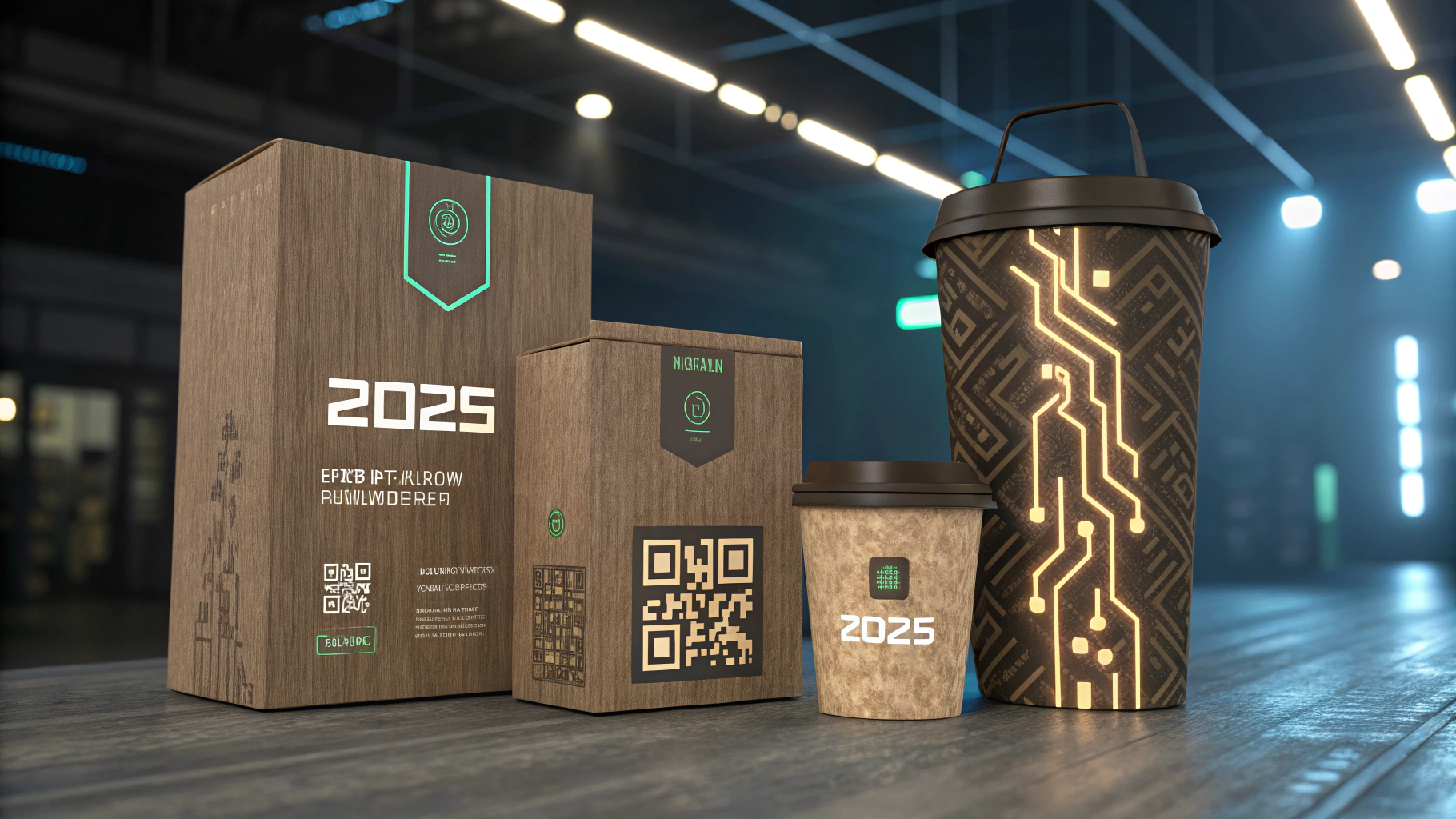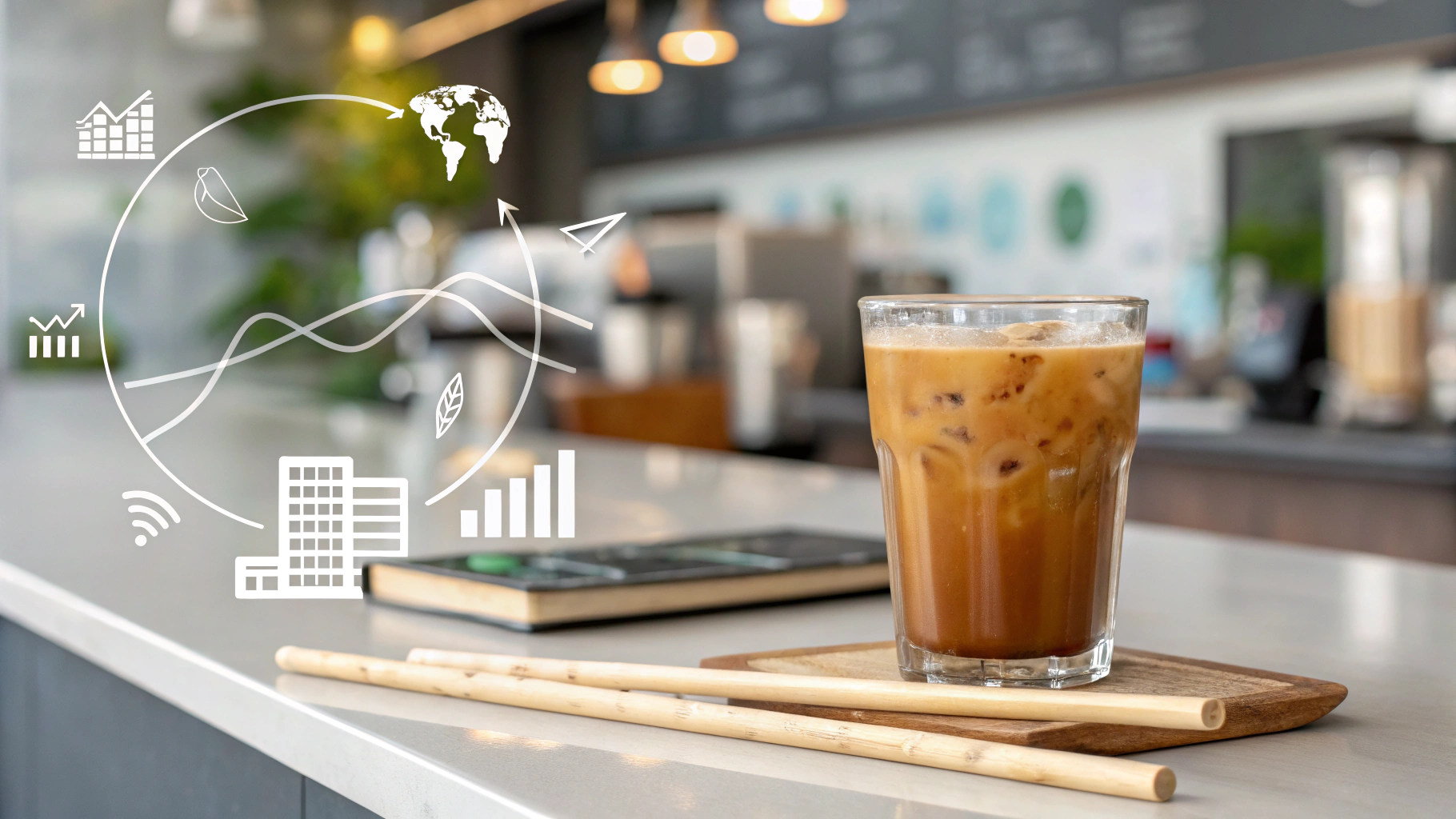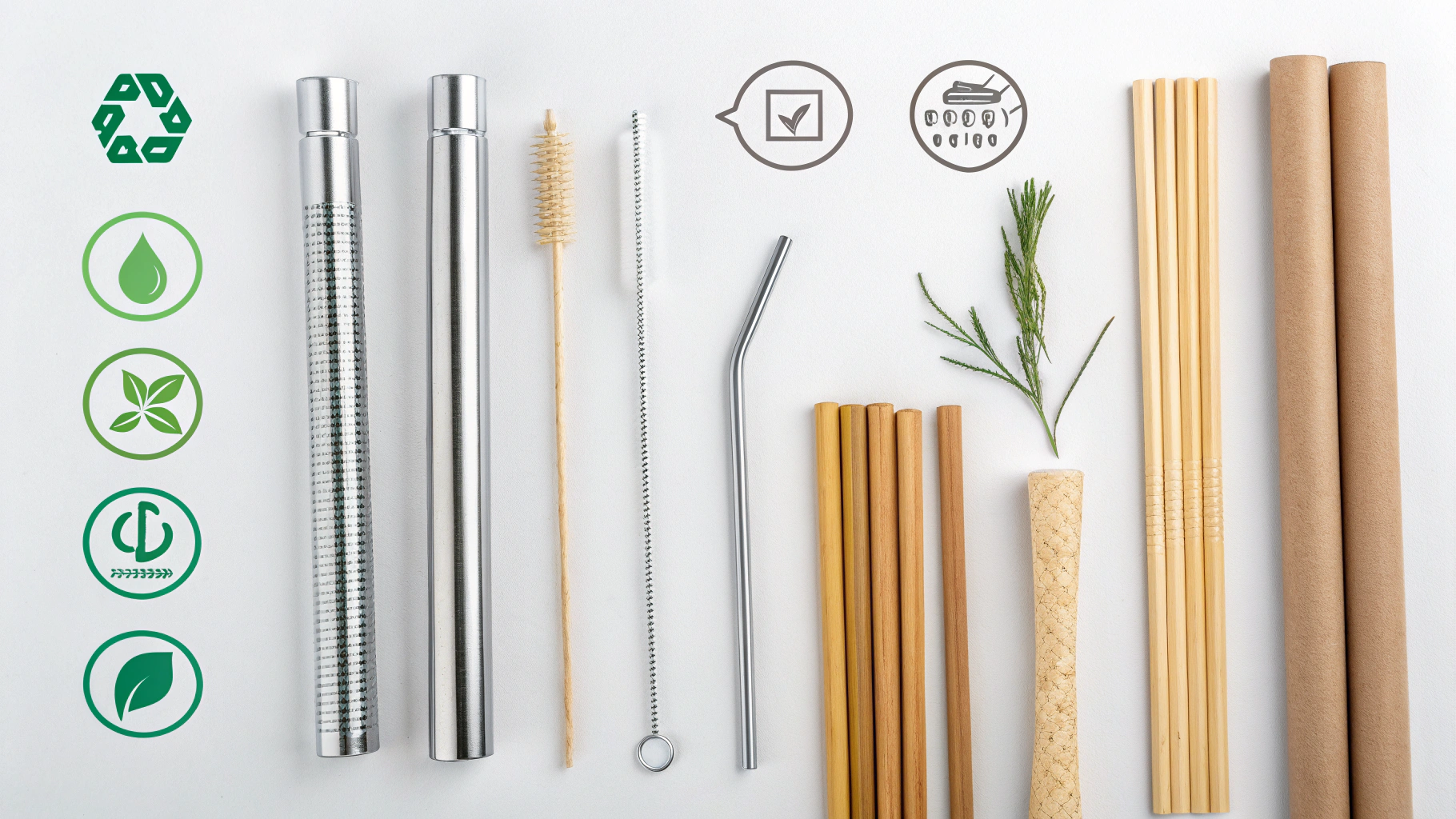The global packaging market, valued at USD 1,080.13 billion in 2024 and projected to reach USD 1,109.44 billion in 2025, is undergoing a profound transformation. This dynamic landscape is shaped by stricter regulations, innovative technologies, and rapidly evolving consumer demands. For procurement managers, operations directors, sustainability officers, and supply chain executives, staying ahead of these shifts is not merely advantageous—it is critical for ensuring compliance, optimizing cost efficiency, and maintaining market competitiveness. Failing to adapt could lead to significant operational disruptions, legal penalties, and erosion of brand trust. This comprehensive guide details the essential packaging trends for importers to watch in 2025, offering strategic insights to mitigate risks and unlock new opportunities.
Importers must proactively adapt to evolving packaging trends to secure compliance and competitive advantage.
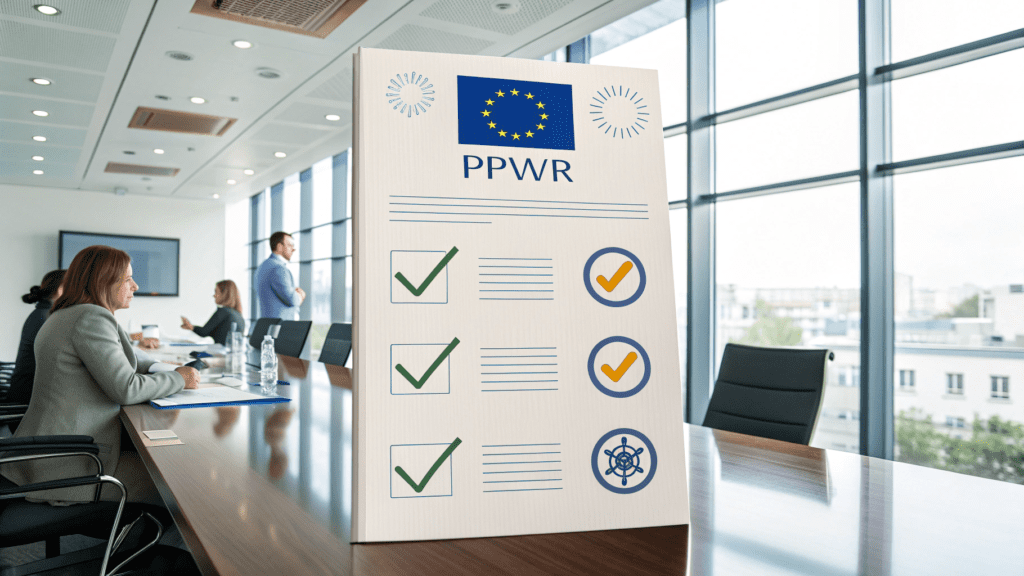
The Imperative of Sustainable Packaging Trends for Importers in 2025
Sustainability is no longer an aspirational goal but a mandatory baseline for global commerce, driven by an escalating global pressure to reduce environmental impact across the entire supply chain. For importers, this translates into immediate operational and strategic shifts.
Navigating Stricter Sustainable Packaging Regulations: EU PPWR & EPR Laws
The regulatory landscape is tightening considerably, especially in key import markets. The European Union’s Packaging and Packaging Waste Regulation (PPWR), which formally entered into force in February 2025, represents a landmark shift. This regulation mandates ambitious waste reduction targets: 5% by 2030, 10% by 2035, and 15% by 2040, all measured against 2018 levels. These targets will directly influence the types of packaging importers can bring into the EU. Furthermore, the PPWR introduces strict measures to curb single-use plastics and places strong emphasis on promoting reusable and recyclable packaging formats.
Across the Atlantic, the United States is also seeing a significant policy evolution. In 2025, the first of six Extended Producer Responsibility (EPR) state laws takes effect, with Oregon leading the charge. These laws redefine what genuinely qualifies as “recyclable,” shifting the financial and operational burden of managing packaging waste onto producers and importers. This means packaging with multi-material compositions, difficult-to-separate linings, excessive product residue, or that is easily damaged during collection and sorting may no longer be considered recyclable under new state guidelines.
Beyond legislative mandates, consumer sentiment is a powerful force. Approximately 62% of beauty product consumers, for instance, express uncertainty about the veracity of companies’ “green” claims, highlighting a pervasive skepticism around “greenwashing.” Governments are also intensifying their focus on material safety, actively restricting hazardous substances like PFAS (per- and polyfluoroalkyl substances) in food contact packaging due to growing health and environmental concerns. Importers must prioritize transparency and verifiable claims to build and maintain consumer trust.
Partnering with local suppliers, such as the top UK food packaging companies, can offer advantages in regional compliance and expedited delivery, building resilience against global disruptions.
Embracing Circular Economy & Bio-Based Materials in 2025 Packaging
The global push towards a circular economy in packaging is accelerating, fundamentally reshaping material preferences. A significant shift towards mono-materials is underway, simplifying recycling processes and aligning with overarching circularity goals. By using a single, easily separable material, companies can ensure their packaging integrates seamlessly into existing recycling streams.
Alongside this, there is an increased adoption of bio-based and fiber-based packaging solutions. This includes a growing range of innovative materials like paper, bamboo, seaweed, bagasse (sugarcane pulp), and mycelium (mushroom-based materials). These alternatives offer a reduced environmental footprint compared to traditional plastics. The global biodegradable packaging market, reflecting this momentum, is projected to grow at a Compound Annual Growth Rate (CAGR) of 5.97% from 2024 to 2029, signaling robust demand for these sustainable solutions. The phenomenon of “paperization,” or the accelerating shift from plastic to paper-based packaging, is largely driven by stringent regulations and escalating plastic packaging tax rates, making non-recyclable plastic increasingly cost-prohibitive. For importers looking to future-proof their operations and align with global sustainability goals, exploring the advantages of green packaging is no longer optional.
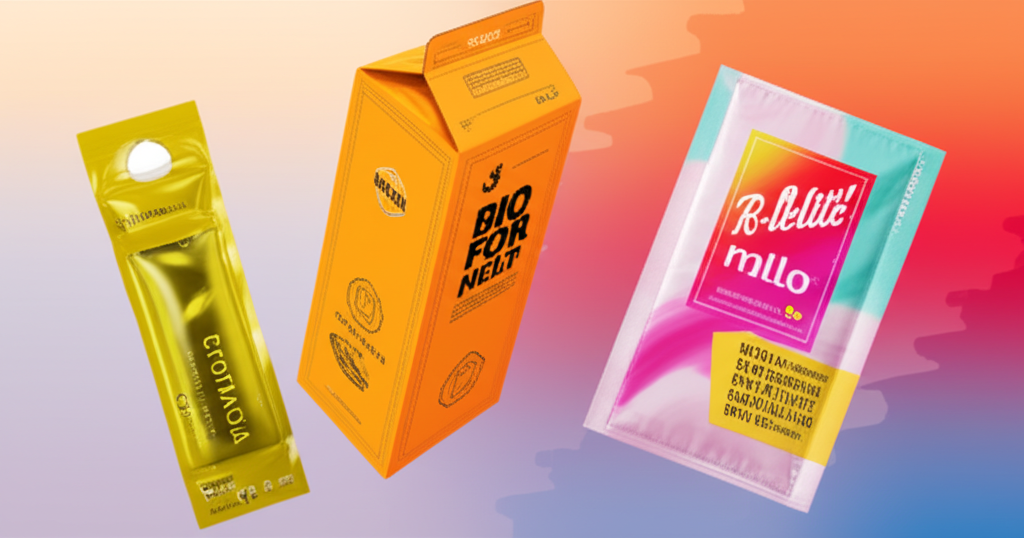
The Rise of Reusable and Refillable Packaging Trends
The concept of “reduce, reuse, recycle” is gaining renewed prominence, with a particular emphasis on reuse. The EU PPWR explicitly mandates specific transport packaging reuse rates: 40% by 2030 and a challenging 70% by 2040. This regulatory push is driving innovation in closed-loop systems.
Business-to-business partnerships for collecting, cleaning, and refilling empty containers are rapidly gaining traction, mimicking the efficiencies seen in returnable transport containers used for fresh produce. This model offers not only environmental benefits but also significant operational cost savings over time. Concurrently, consumer-facing reuse models are expanding, particularly in sectors such as beauty products, household goods, and subscription boxes, where brands are offering incentives for consumers to return or refill packaging.
Mini Case Study: A leading example of this shift is Google’s ambitious commitment to eliminate plastic packaging for all new consumer electronics products by 2025. The company has already achieved 99% of this goal, demonstrating the feasibility of large-scale material transformation. Beyond plastic elimination, Google’s open-sourced guide on sustainable packaging design has also led to other significant benefits, including a reduction in packaging weight and volume by at least 50%. This illustrates how strategic packaging choices can yield multiple sustainability and efficiency gains.
Leveraging Smart Packaging Technology for Importers in 2025
Packaging is rapidly evolving beyond its traditional role of mere product protection, transforming into an interactive, data-rich channel. This evolution offers unprecedented opportunities for enhancing supply chain visibility, ensuring product safety, and deepening consumer engagement.
Enhancing Traceability and Transparency with IoT & AI in Packaging
The integration of smart technologies is making packaging “intelligent.” The global Internet of Packaging (IoP) market, valued at USD 23.66 billion in 2025, is predicted to surpass USD 54.43 billion by 2034, demonstrating a robust Compound Annual Growth Rate (CAGR) of 9.70%. This growth underscores the increasing adoption of digital features. The EU PPWR, for instance, mandates traceability features and digital product passports for food contact packaging by 2025-2026, making technology integration a regulatory necessity for many importers.
IoT sensors embedded within packaging enable real-time monitoring of critical conditions such as temperature, humidity, and shock during transit. This continuous data stream ensures product safety and integrity, particularly for perishable goods or sensitive electronics, mitigating potential losses due to environmental excursions. Furthermore, Artificial Intelligence (AI) is playing a transformative role, optimizing packaging design for material efficiency, streamlining production processes, and enhancing logistics through predictive analytics. This leads to reduced material consumption, minimized waste, and the development of truly innovative, environmentally friendly packaging solutions.
Boosting Engagement with QR Codes and NFC in 2025 Packaging
Interactive packaging is becoming a powerful tool for brand engagement and authentication. QR code usage on packaging, for example, grew by a remarkable 44% year-on-year, with 60% of shoppers actively scanning them for product information before making a purchase. These codes provide a direct digital link to extended product details, sustainability narratives, usage instructions, or even augmented reality experiences.
Beyond QR codes, Near Field Communication (NFC) tags and even ultra-thin OLEDs (Organic Light-Emitting Diodes) from innovators like Inuru are being integrated into packaging for more seamless, interactive branding experiences. These technologies allow consumers to simply tap their smartphones to access content, verify authenticity, or engage with loyalty programs. Smart labels and RFID tags further enhance authentication processes, providing robust anti-counterfeiting measures and streamlining item tracking throughout the supply chain, from warehouse to final delivery.
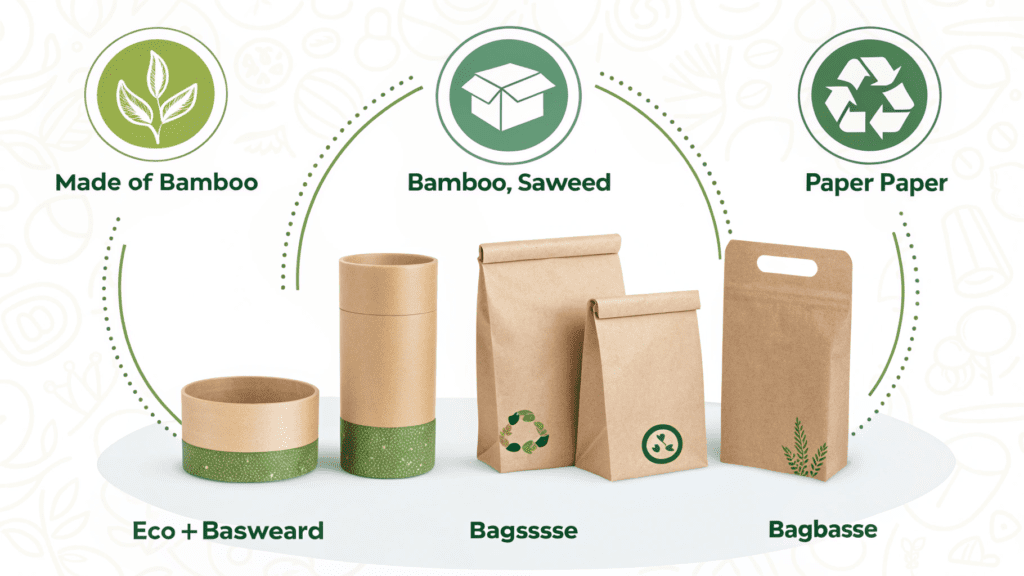
Evolving Design & Consumer Experience in 2025 Packaging Trends
In a crowded marketplace, packaging design has become a strategic asset, influencing brand perception, differentiating products, and creating memorable customer interactions. The trends for 2025 emphasize functionality, personalization, and multi-sensory engagement.
Beyond Aesthetics: Functional and Personalized Packaging
Modern packaging is increasingly designed for multifunctionality, extending its utility beyond its initial purpose. For instance, transport packaging can be engineered to be reused for storage within the home or office, reducing waste and adding value for the end-user. This approach aligns with consumer desires for convenience and sustainability.
Demographic shifts are also shaping design. Generation Z consumers, in particular, are driving demand for unique forms, personalized elements, and collectible packaging. Brands are leveraging co-creation campaigns and variable data printing to allow consumers to customize designs, fostering deeper brand loyalty and engagement. Digital printing technologies are enabling this mass customization, allowing for tailored designs, limited editions, and personalized messages to be economically produced, even at scale.
Capturing Attention with Sensory & Dynamic Design
To truly stand out, packaging in 2025 is appealing to more than just sight. Importers should expect to see bold colors, tactile textures, embossing, debossing, and even scented or crinkle-textured layers designed to create a rich, multi-sensory unboxing experience. This sensory engagement helps create a stronger emotional connection with the product and the brand.
A rising trend, sometimes dubbed “chaos packaging,” involves unique shapes, unexpected material combinations, or unconventional design elements that intentionally disrupt typical category aesthetics to attract attention in crowded retail environments or social media feeds. While minimalism, characterized by clean lines and understated elegance, continues to have its place, it is evolving into “bolder minimalism.” This updated aesthetic features oversized fonts, strategic white space, and craft-inspired details, providing a refined yet impactful way for brands to differentiate themselves and convey a sense of authenticity.
Operational Impact and ROI of Key Packaging Trends
Integrating these emerging packaging trends offers significant advantages for importers, ranging from direct cost reductions to enhanced brand reputation and market resilience.
| Functie | B2B operationele impact | Nalevingsopmerking | ROI-potentieel |
|---|---|---|---|
| Sustainable Mono-materials | Streamlined recycling, reduced waste collection/disposal | EU PPWR requirements, U.S. EPR definitions for recyclability | Lower material costs long-term, enhanced brand reputation & consumer loyalty, reduced environmental fees |
| Reusable/Refillable Systems | Requires reverse logistics & initial infrastructure investment | EU PPWR reuse targets (e.g., 40% transport by 2030) | Reduced recurring packaging spend, improved customer loyalty via convenience, significant waste reduction, lower carbon footprint |
| Smart Packaging (QR/NFC) | Real-time data for inventory/logistics, anti-counterfeiting | EU PPWR traceability mandates (food contact 2025-26) | Enhanced supply chain efficiency, brand protection, increased sales via engagement & trust, reduced returns |
| Lightweighting/Reduction | Reduced shipping costs, lower carbon footprint | EU PPWR prohibits excessive packaging (max 50% empty space by 2030) | Direct cost savings in transport & materials, lower emissions, improved market competitiveness, reduced waste disposal costs |
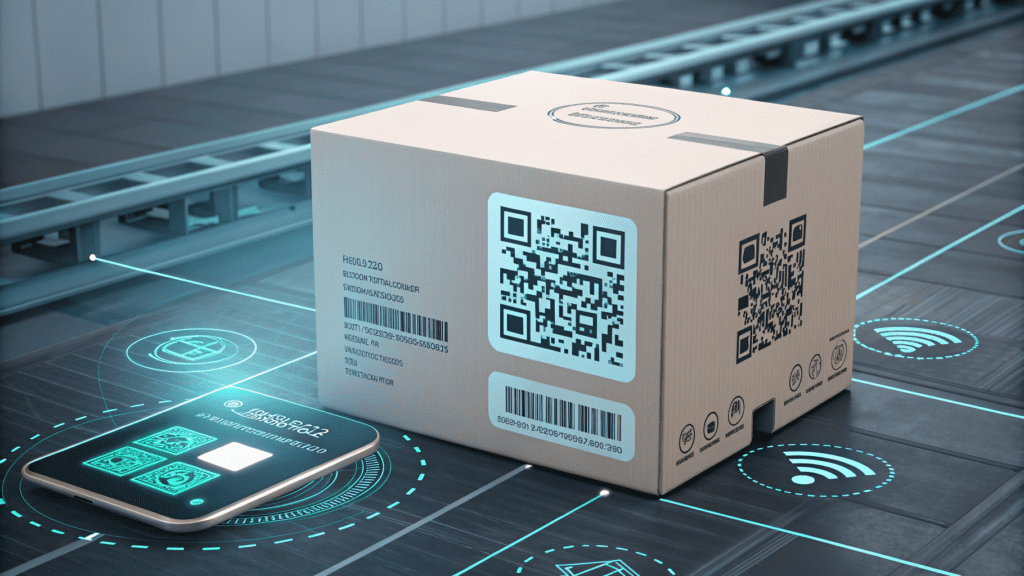
The Geopolitical and Economic Landscape: Navigating Supply Chain Shifts
External factors continue to exert significant influence on packaging strategies for importers. Geopolitical shifts and economic pressures demand adaptive and resilient supply chain approaches.
America-First Policies and Localized Sourcing
The resurgence of “America-first” policies and proposed tariff increases on imports could significantly reshape shipping and packaging costs for businesses operating in or importing to the U.S. Such policies aim to incentivize domestic production and reduce reliance on international supply chains. In response, importers are increasingly considering localized packaging production and exploring nearshoring or reshoring solutions. This strategic shift mitigates tariff impacts, reduces lead times, and enhances supply chain certainty. Partnering with local suppliers, such as the top UK food packaging companies, can offer advantages in regional compliance and expedited delivery, building resilience against global disruptions.
Managing Rising Costs and Supply Chain Resilience
The global economy continues to grapple with overall rising costs, which will continue to put pressure on businesses, despite some stabilization expected in raw material prices. For importers, this necessitates robust strategies to manage expenditure without compromising quality or compliance.
Diversifying sourcing channels for packaging materials and implementing robust, data-driven inventory management strategies are crucial for building supply chain resilience. This proactive approach minimizes vulnerabilities to unforeseen disruptions and ensures consistent material supply. Artificial intelligence (AI) is expected to play an increasingly vital role in streamlining the shipping industry and optimizing supply chains. By leveraging AI for real-time inventory tracking, predictive analytics, and route optimization, businesses can enhance efficiencies, reduce operational complexities, and adapt more swiftly to market fluctuations.
Future Trends & Innovation: The Next 5-10 Years
Looking beyond 2025, the packaging industry is poised for further radical transformation, driven by ongoing research, escalating environmental demands, and technological breakthroughs.
Edible Packaging: A rapidly expanding area of research and development, edible packaging offers a revolutionary solution to waste. These materials, often derived from natural polymers, can be consumed with the product or biodegrade rapidly, addressing food safety, preservation, and environmental concerns simultaneously.
Next-Generation Modified Atmosphere Packaging (MAP): Future MAP technologies will go beyond passive gas mixtures. Expect active packaging with integrated sensors and antimicrobial agents, alongside intelligent gas control systems that dynamically adjust atmospheric composition based on real-time product needs, extending shelf life with unprecedented precision and eco-friendly materials.
Advanced Robotics in Secondary Packaging: Automation will become ubiquitous. Projections indicate that 95% of all secondary packaging lines will leverage robotics systems within the next decade, significantly improving speed, precision, and reducing human error in complex packaging tasks.
Digital Twins for Supply Chain Optimization: The concept of “digital twins”—virtual replicas of physical supply chains—will gain prominence. These digital models allow businesses to simulate, analyze, and optimize packaging flows, material consumption, and logistical efficiencies in a virtual environment before implementing changes, leading to substantial cost savings and reduced environmental impact.
3D Printed Packaging on Demand: While currently more viable for larger businesses or specialized applications, 3D printing will play a key role in increasing efficiency and minimizing waste. It enables highly customized packaging tailored precisely to specific product dimensions, reducing void fill and material excess. This also supports rapid prototyping and localized, on-demand production.
Progress on the UN Global Plastic Treaty: Negotiations for a UN-led Global Plastic Treaty, aiming to eliminate plastic pollution by 2040, continue to face challenges, particularly around setting binding production caps. However, the ongoing discussions and the increasing global awareness mean that regulatory pressures will continue to intensify, driving innovation in sustainable alternatives and improved recycling infrastructure. The OECD estimates that global plastics will nearly triple by 2060 to 1.2 billion tonnes, with waste exceeding one billion tonnes, yet less than 10% of all plastic produced globally is currently recycled, underscoring the urgency for systemic change.
Future packaging innovations promise transformative solutions for waste and supply chain efficiency.
For a deeper understanding of specific material choices, consider reviewing the pros and cons of plastic packaging in your current strategy.
Competitive Advantage & Business Case for Early Adoption
For importers, embracing these packaging trends isn’t just about avoiding penalties; it’s about securing a powerful competitive advantage and building a resilient business. Quantifying the potential benefits reveals a compelling business case.
Cost Savings: By adopting lightweighting and mono-material solutions, businesses can significantly reduce material procurement costs and freight expenses. Transitioning from complex, multi-layered plastics to simpler, recyclable paper-based packaging, or investing in reusable systems, inherently lowers the long-term cost of goods. Furthermore, reducing packaging waste through efficient design and circular models directly translates to lower waste disposal fees and potential revenue from recycled materials.
Risk Mitigation: Proactive compliance with evolving regulations like the EU PPWR and U.S. EPR laws minimizes the risk of costly fines, border delays, and market access restrictions. Smart packaging solutions with robust traceability and authentication features provide potent anti-counterfeiting measures, safeguarding brand integrity and consumer safety. Building diversified and localized supply chains for packaging materials also mitigates risks from geopolitical instability or unforeseen global disruptions.
Brand Value Uplift: Consumers are increasingly voting with their wallets for brands that demonstrate genuine commitment to sustainability. By integrating eco-friendly materials, reducing waste, and offering transparent product journeys through smart packaging, importers can significantly enhance their brand reputation. This resonates with conscious consumers, fostering deeper loyalty, improving customer perception, and transforming the unboxing experience into a positive brand touchpoint. Brands that lead in sustainable and innovative packaging can expect to command premium pricing and expand their market share by appealing to an ethically-driven customer base. This also presents an opportunity to capture a larger share of the growing green market segment. For a deeper understanding of specific material choices, consider reviewing the pros and cons of plastic packaging in your current strategy.
Conclusion: Strategic Adaptation for Importers in 2025
The packaging landscape in 2025 demands strategic foresight and decisive action from importers. The convergence of stringent sustainable packaging regulations, transformative smart packaging technology, and rapidly evolving design aesthetics presents both formidable challenges and unparalleled opportunities. By prioritizing eco-friendly materials and circularity, leveraging digital innovations for enhanced traceability and engagement, and adapting to consumer preferences for functional and personalized experiences, importers can not only ensure unwavering compliance but also significantly reduce operational costs, bolster brand value, and unlock new market opportunities. Strategic adaptation is not an option; it is the pathway to long-term profitability and leadership in the global supply chain.
Partner with packaging innovators now to transform your supply chain for 2025, ensuring compliance, reducing costs, and boosting brand value.
Strategic adaptation is essential for importers to achieve long-term profitability and leadership.

Veel Gestelde Vragen
How will EU PPWR and US EPR laws impact my import operations?
These regulations mandate ambitious waste reduction targets and redefine what genuinely qualifies as “recyclable,” shifting financial and operational burdens onto producers and importers. Non-compliant packaging may face significant penalties, border delays, or market access restrictions, making proactive adaptation crucial for importers.
What are mono-materials and why are they important for sustainable packaging?
Mono-materials are packaging solutions made from a single type of material, such as 100% PET or 100% paper. They are crucial for sustainable packaging because they significantly simplify the recycling process, allowing for easier and more efficient integration into existing recycling streams, thus aligning with circular economy goals.
How can smart packaging enhance supply chain visibility for importers?
Smart packaging, integrating IoT sensors and AI, provides importers with real-time data on critical conditions like temperature, humidity, and shock during
How can importers leverage personalized packaging for B2B clients?
Importers can utilize digital printing technologies to offer highly customized packaging designs, limited editions, or personalized messages to their B2B clients. This fosters deeper brand loyalty and engagement, allowing businesses to differentiate their offerings and create a more memorable and valuable experience for their partners.
What is ‘paperization’ and how does it affect packaging choices for importers?
“Paperization” refers to the accelerating global shift from plastic to paper-based packaging. For importers, this trend is driven by stringent regulations and escalating plastic packaging tax rates, making non-recyclable plastic increasingly cost-prohibitive. Embracing paper-based alternatives helps importers reduce environmental footprint and ensure compliance.


